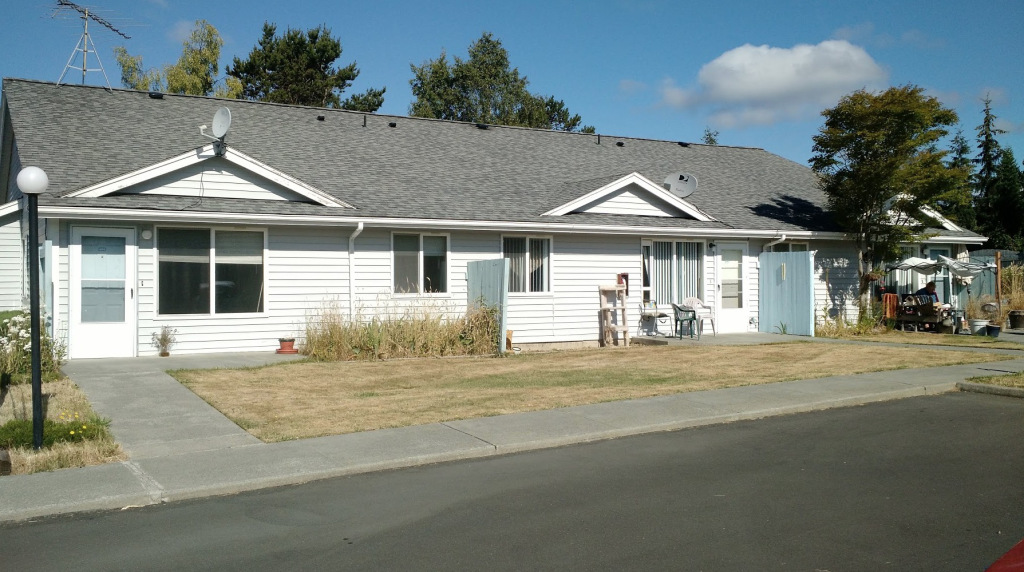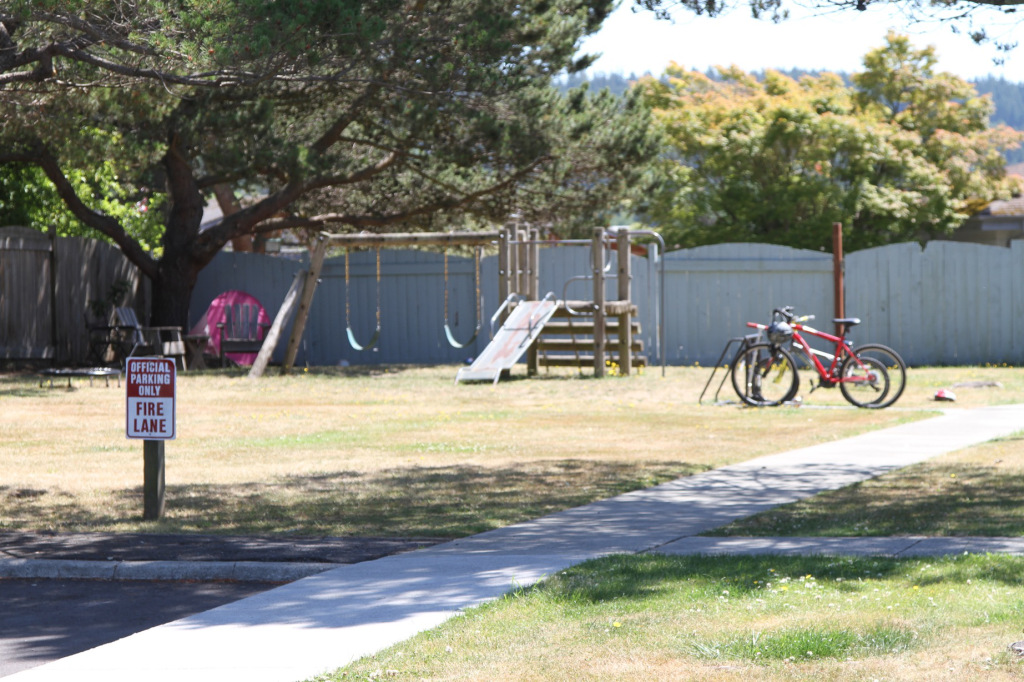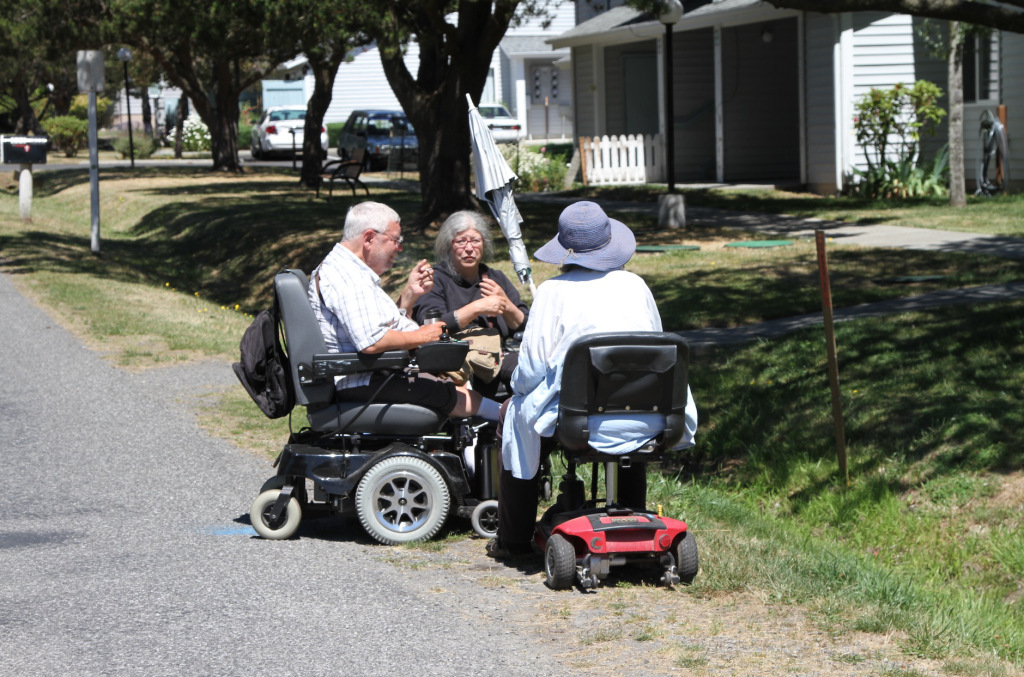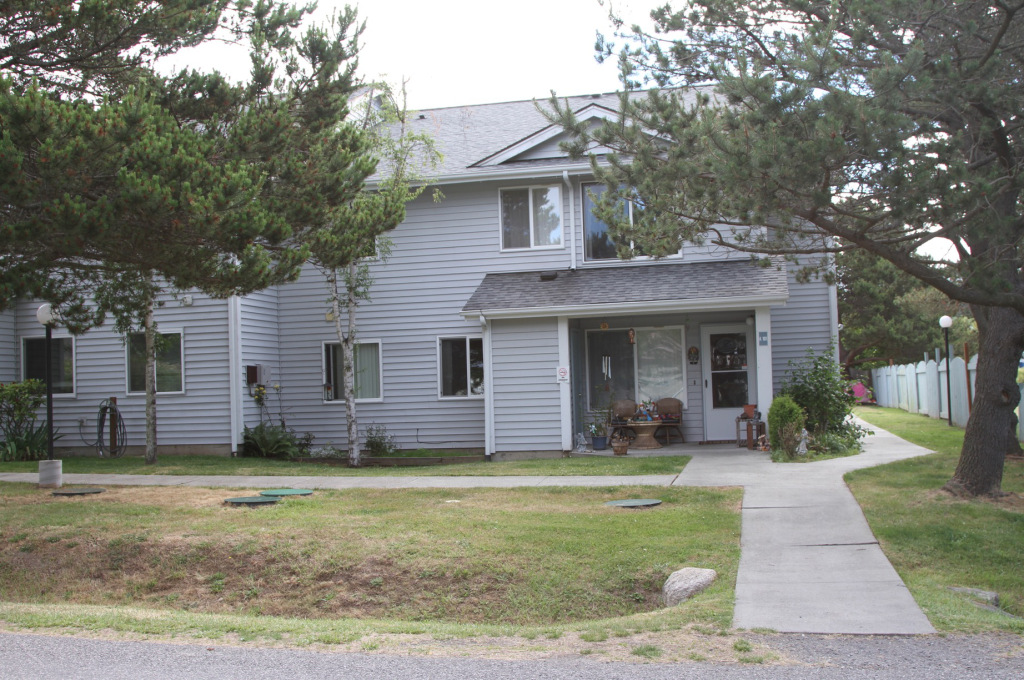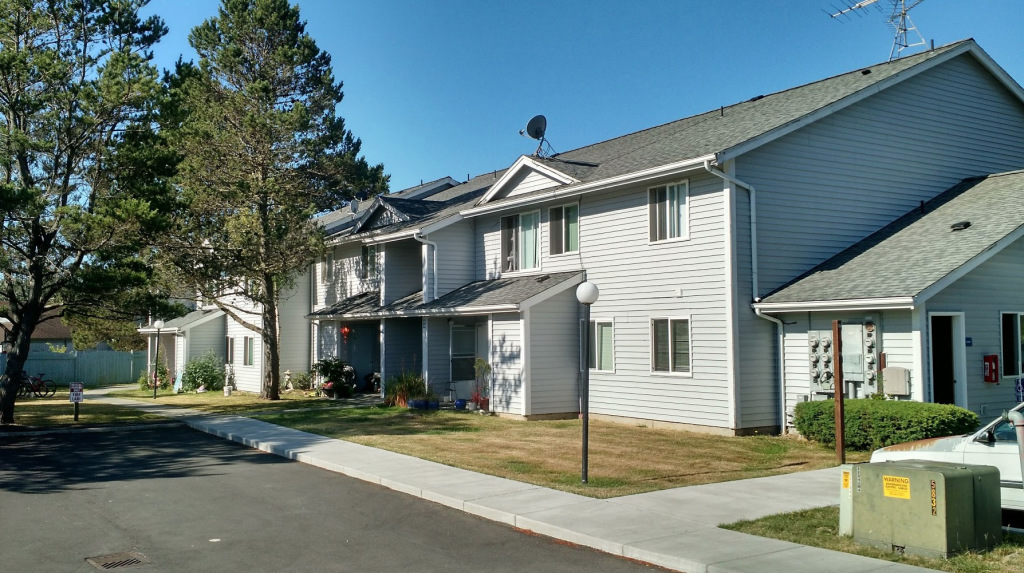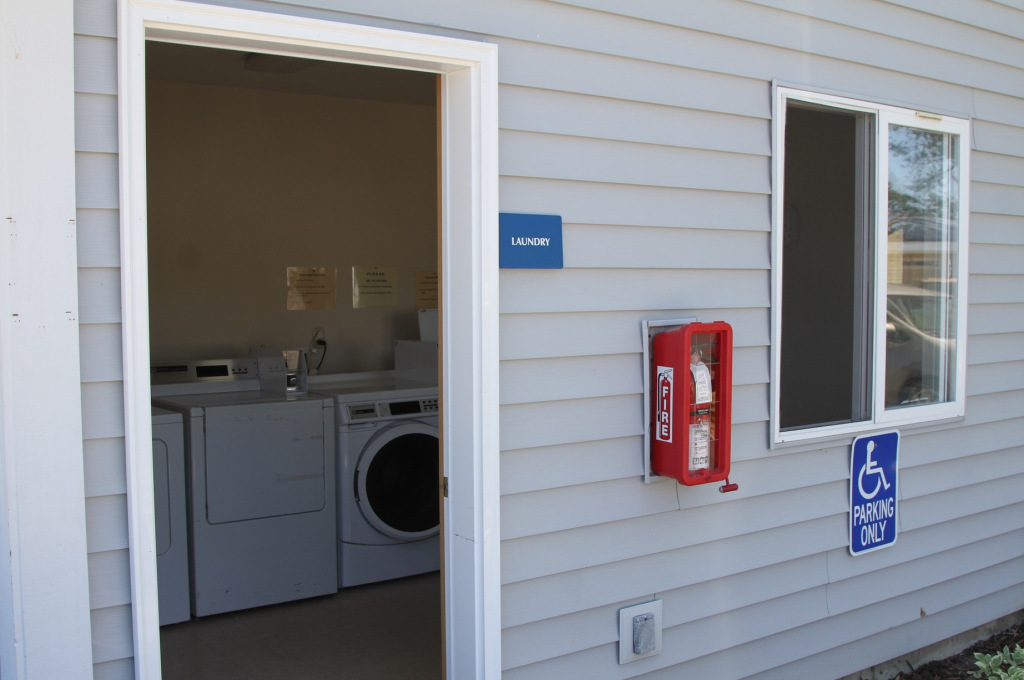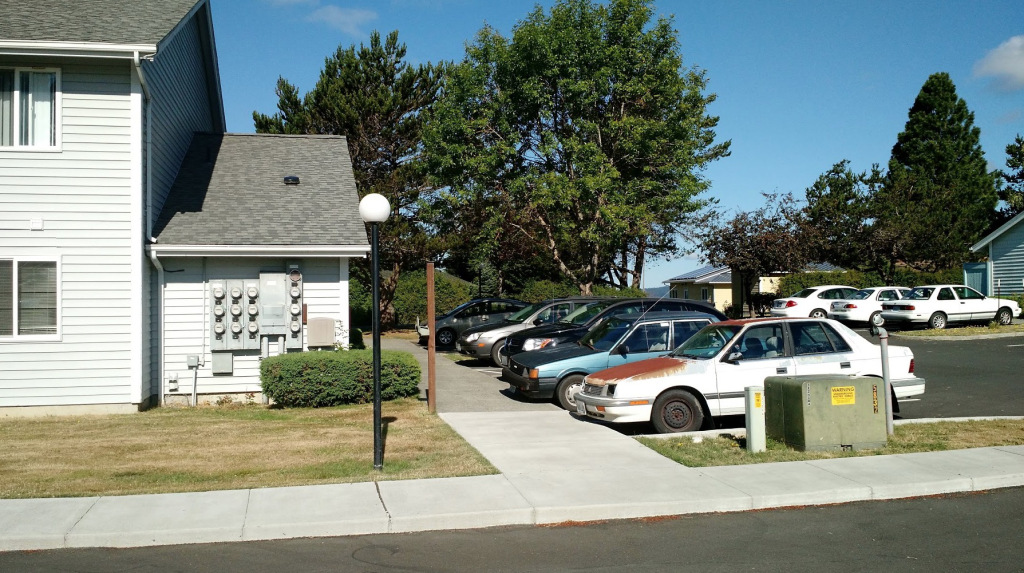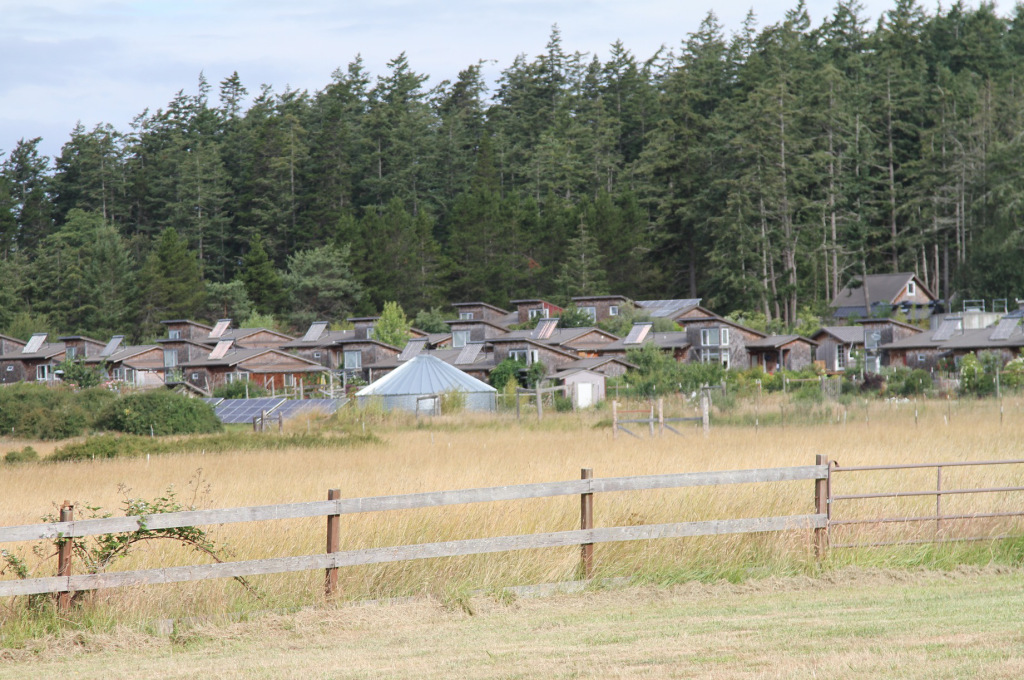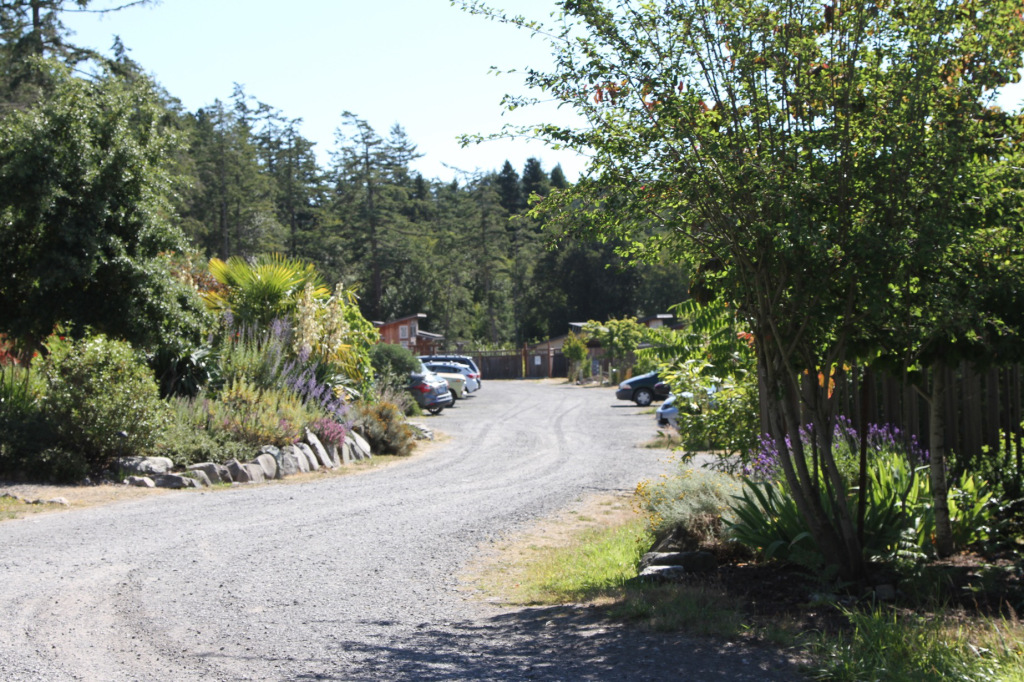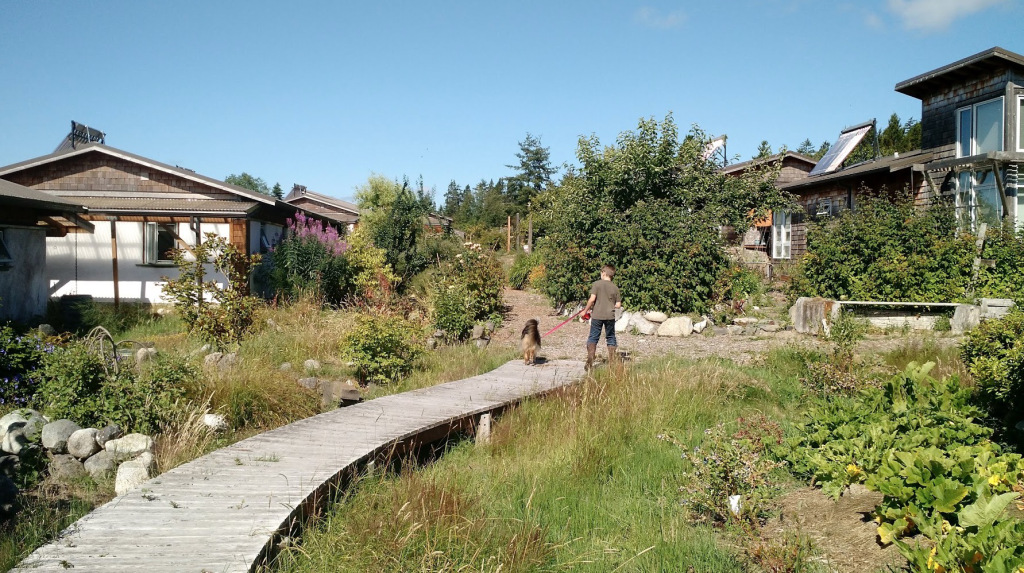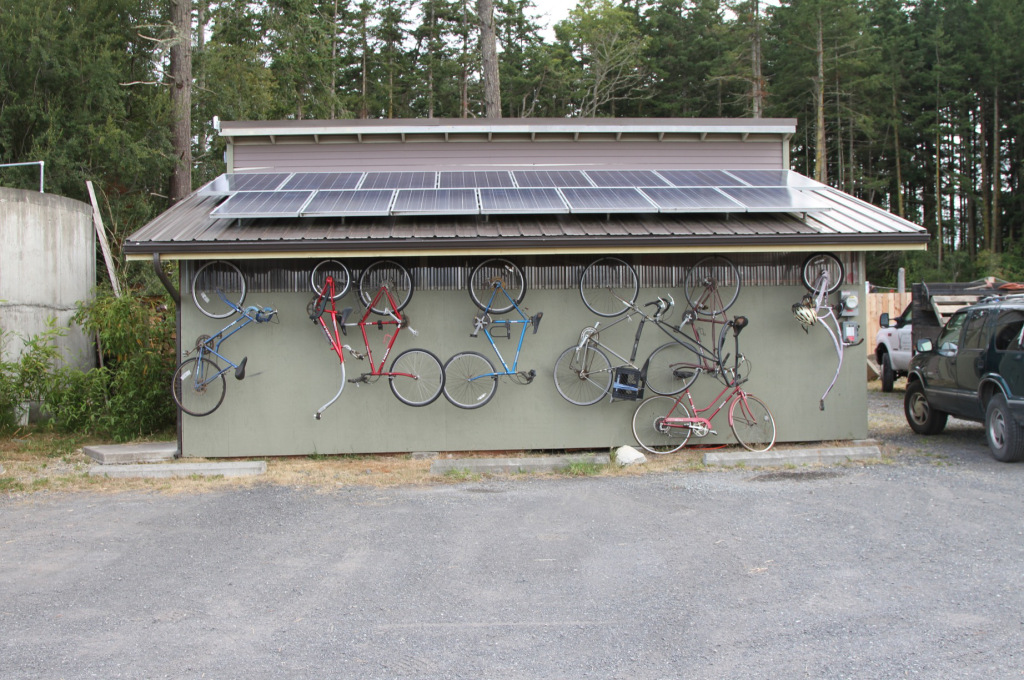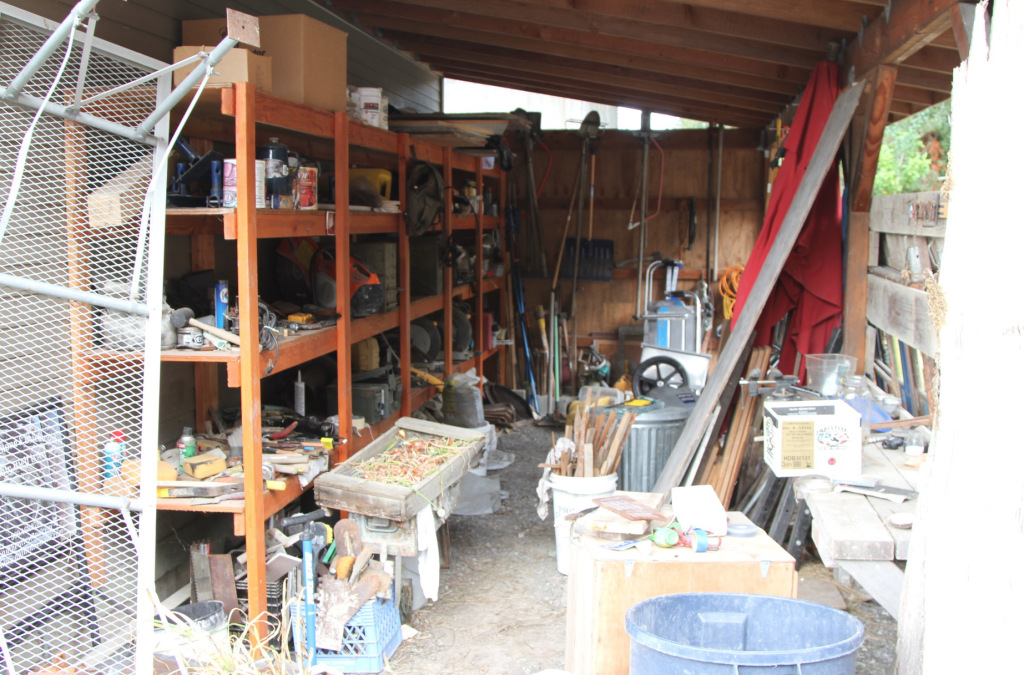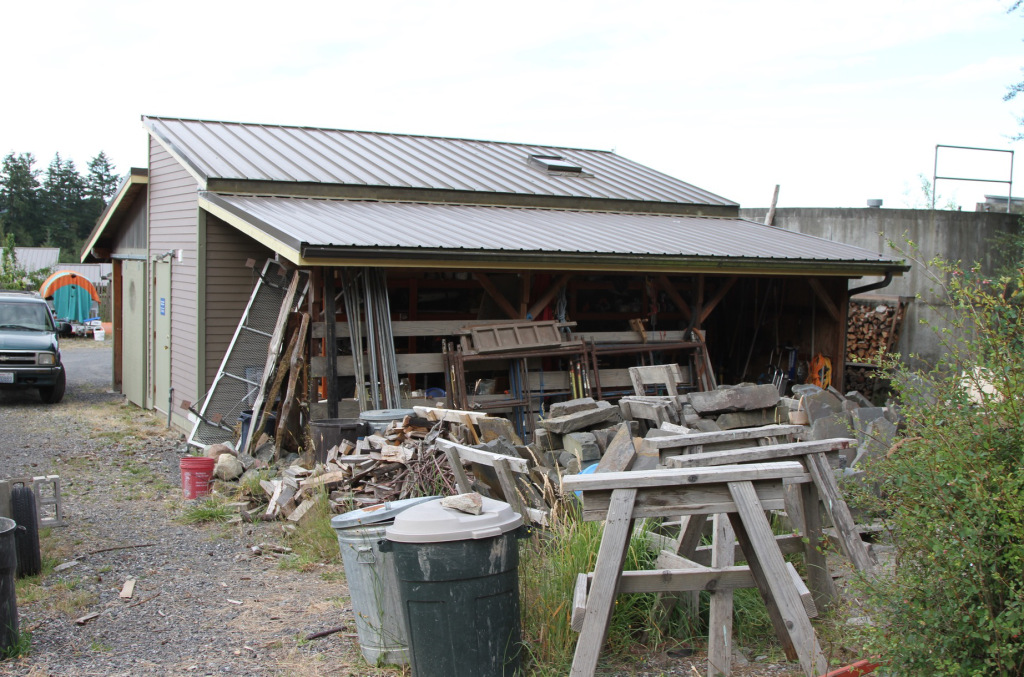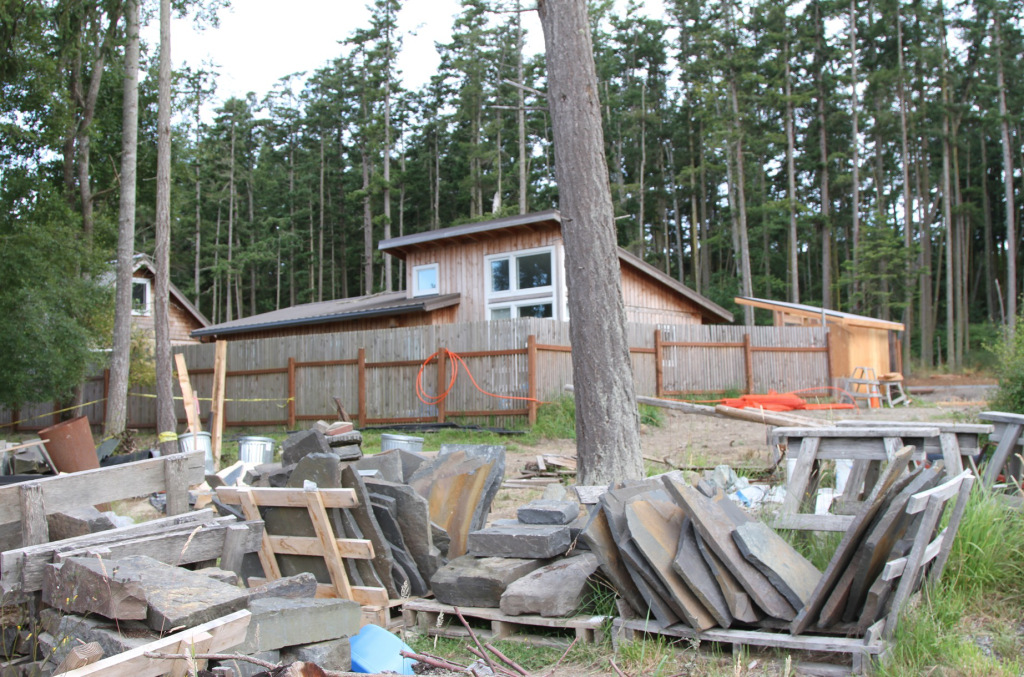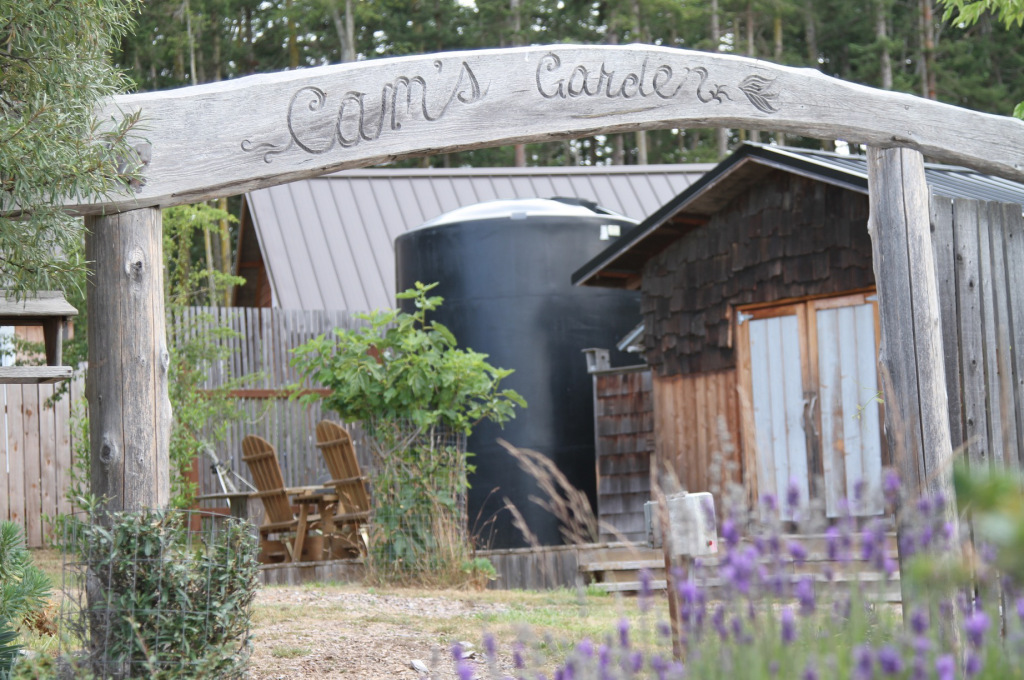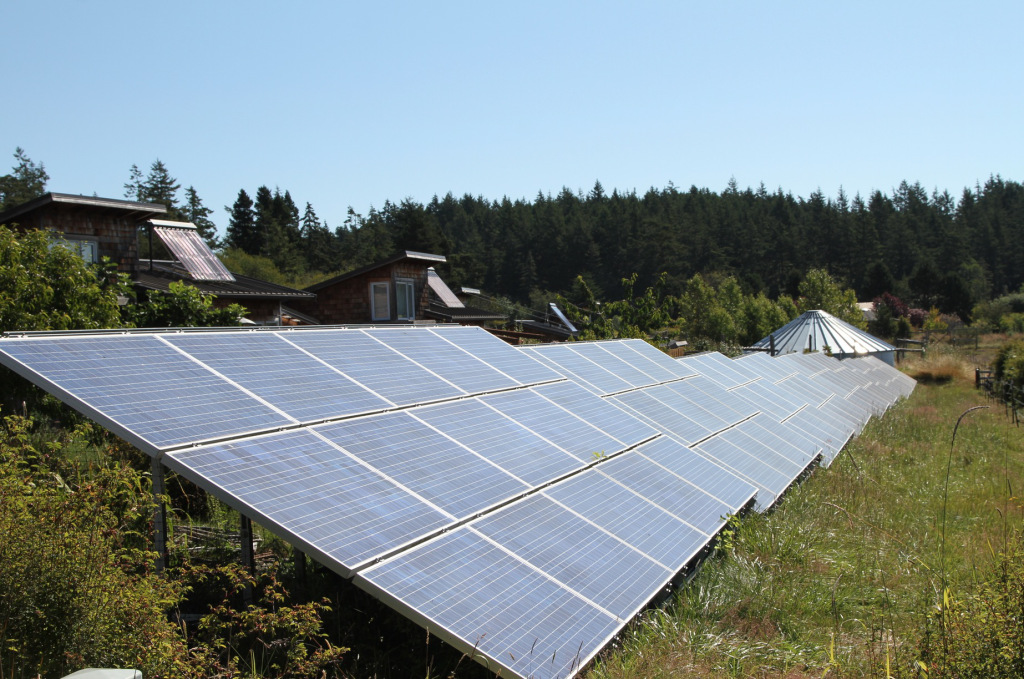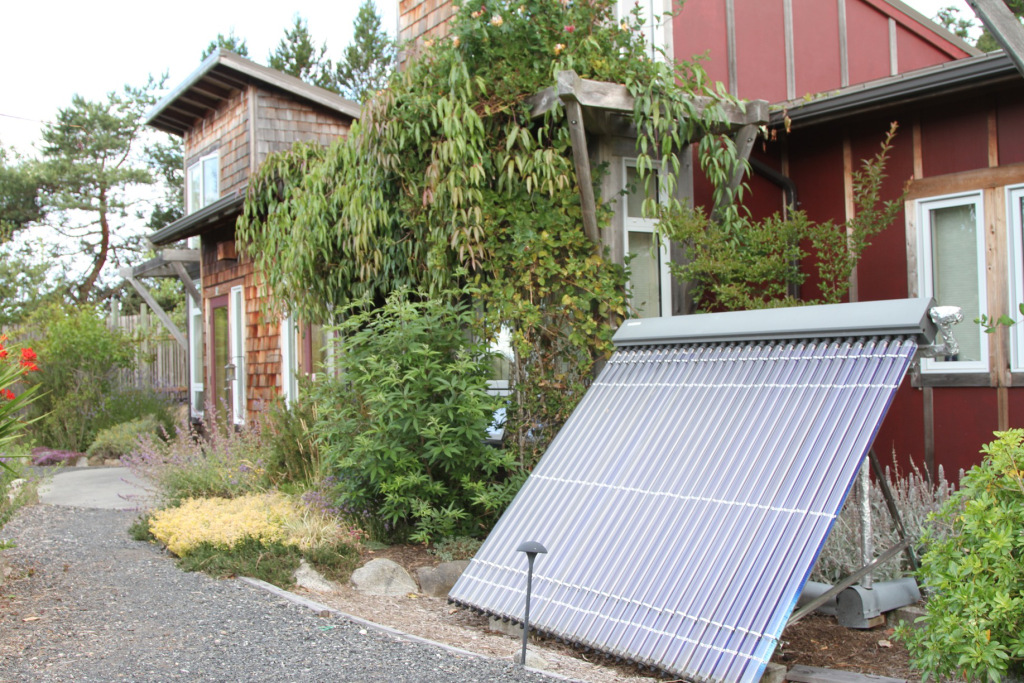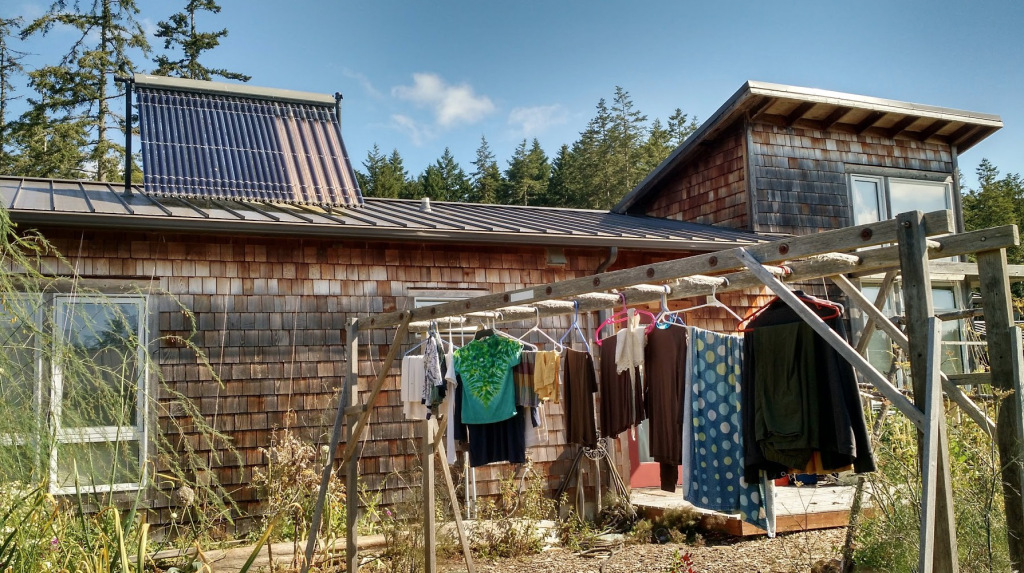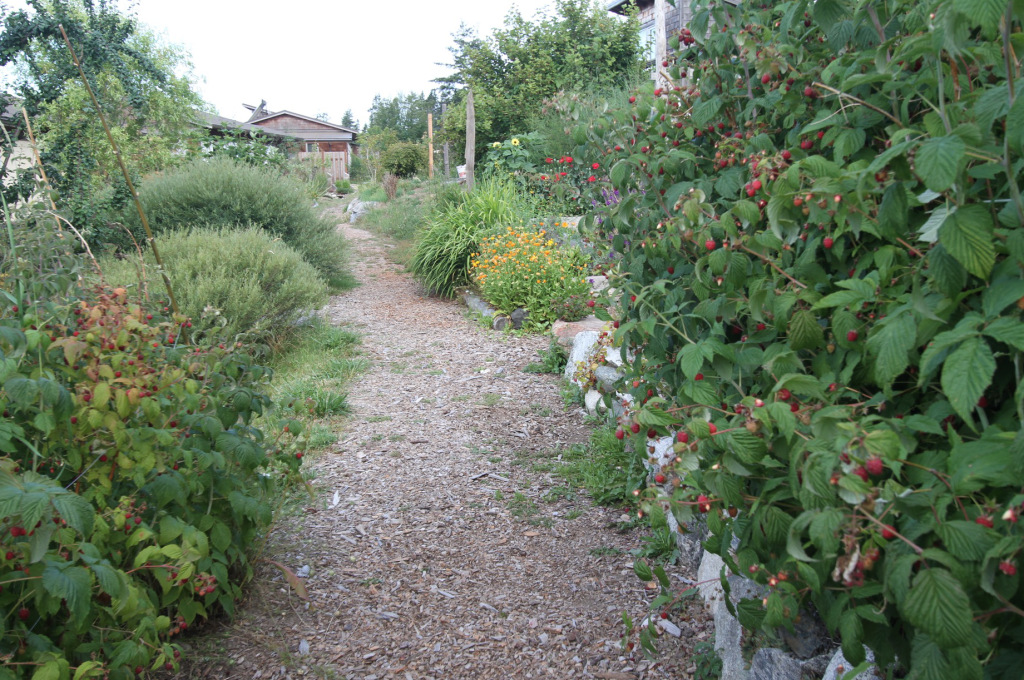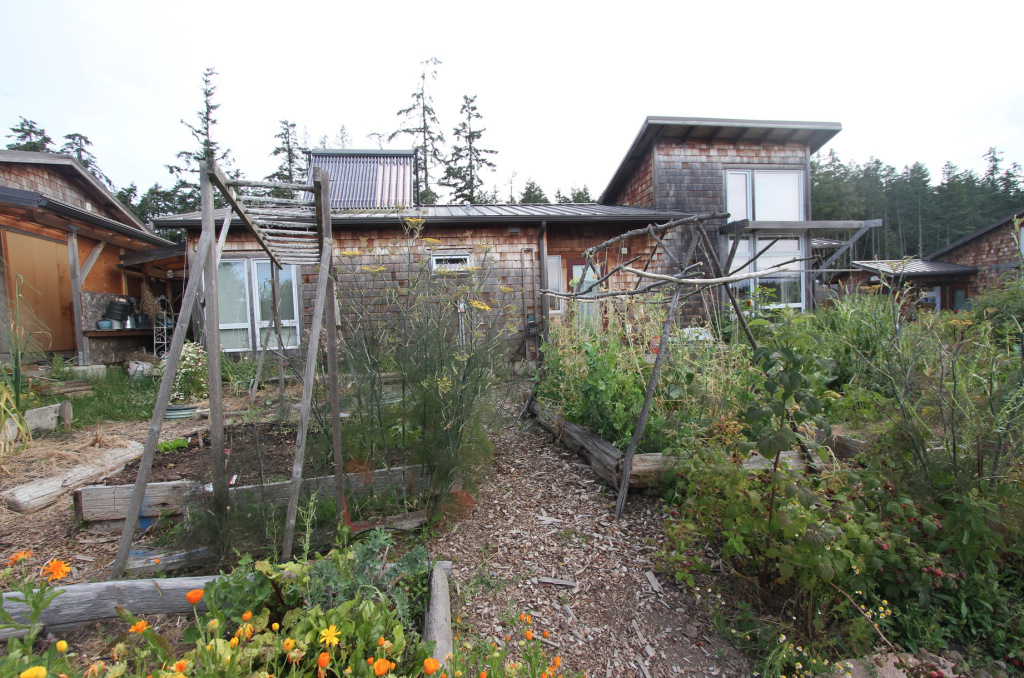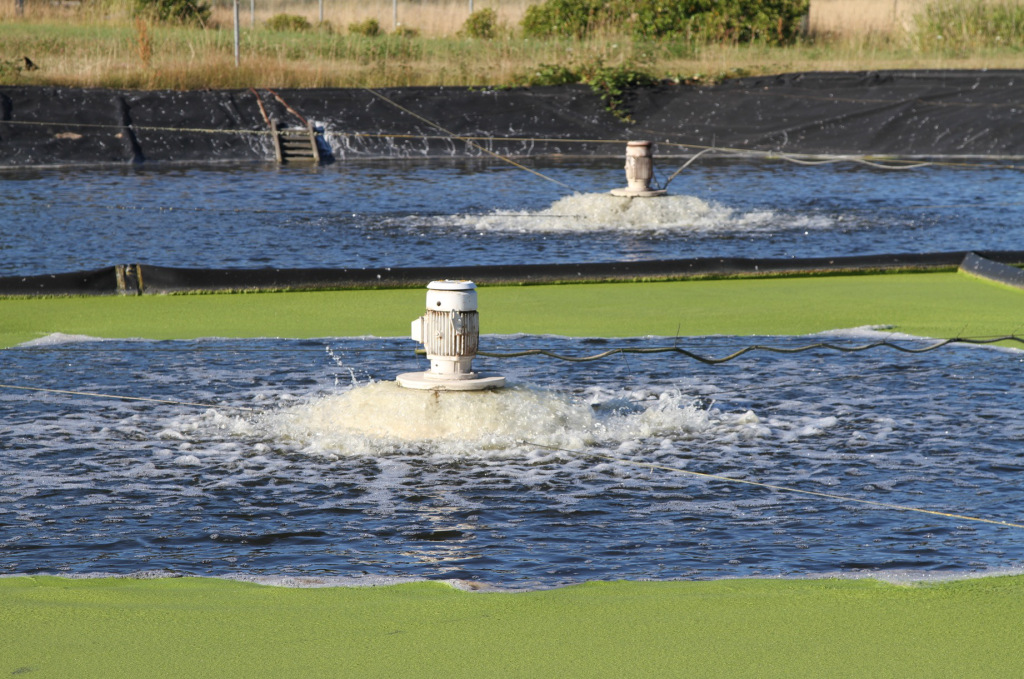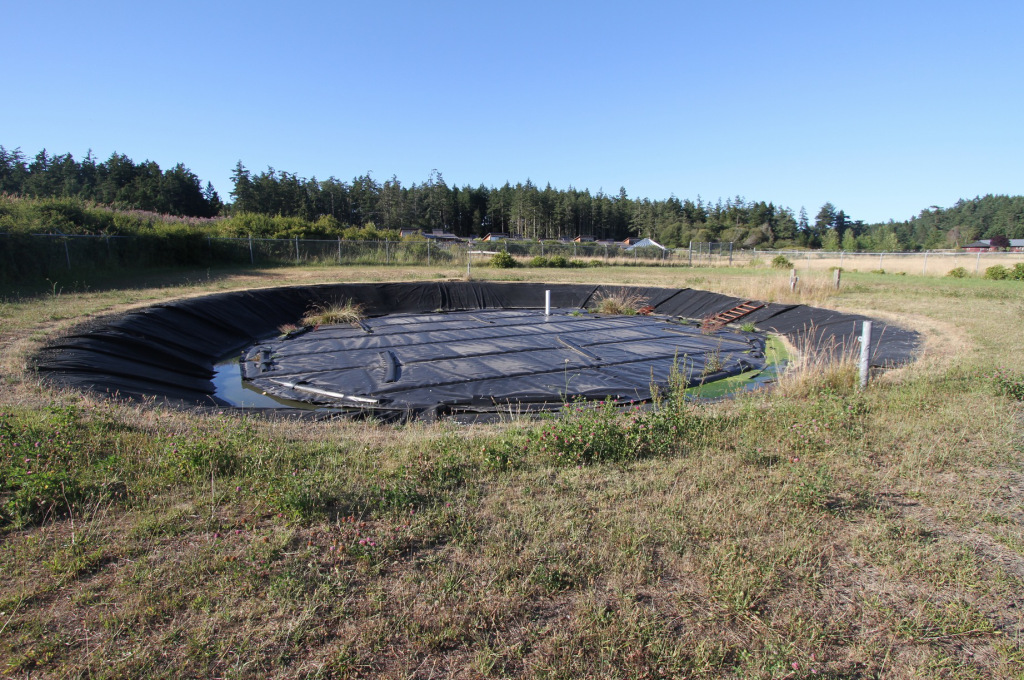The Apartment Complex
Garden apartment complexes do most of the heavy lifting when it comes to suburban affordable housing. Young singles, the elderly, married couples of all ages saving for their first home, recently divorced folks starting over, and people who tried but somehow failed to move on to other arrangements — these are the inhabitants of America’s low density rental accommodations. I’ve lived in places like this before. Chances are, so have you.
They’re built predominantly by the private sector for profit and conform to the requirements set down by planning commissions, health and safety standards, handicap accessibility, and so on. There’s a large pool of institutional money looking for such projects to invest in, seasoned developers are good at constructing them, and municipal regulators understand how to approve them.
More than likely you may own a tiny sliver of one or more of these complexes yourself without knowing it, since a wide range of pension funds are heavily invested in them.
These buildings get the job done. They keep people warm and dry. There’s sufficient off-street parking, a playground for kids, common laundry facilities, ready access for fire and medical emergencies and so on. By clustering apartments together with shared walls, these units require a bit less energy for winter heating and minimize maintenance costs. They provide reasonably affordable accommodations for renters and positive cash flow for the investors who own them.
And yet, there’s something sad about them. This could be New Jersey or Georgia or Minnesota. They’re generic and forgettable places. Not terrible. But hardly built to endure or inspire affection.
A five minute walk down the same road reveals a cluster of homes on roughly the same size plot of land with about the same number of units, all conforming to the same zoning regulations and building codes. This is affordable housing, too. Yet it looks and feels completely different.
This is the work of a land trust organized by a couple of local women who saw the need for high quality affordable housing in their town. They relentlessly organized pivotal members of the community, raised funds, negotiated the endless intricacies of multiple bureaucracies and — miraculously — actually got the place built. It took a couple of decades just to get all the required puzzle pieces in place, but they persevered and got it done.
One of the distinguishing characteristics of this kind of housing is that it emphasizes productive activity over visual conformity. There’s a common bicycle shed and repair shop, a seed library for gardeners, a co-op style bulk grain supply from local farms, as well as a tool library and a stone and lumber boneyard for ongoing construction projects.
Instead of coercing the inhabitants to restrict their behavior in the usual Home Owners Association fashion meant to preserve respectable appearances, these people are encouraged to roll up their sleeves and do productive work.
Water and energy infrastructure are in evidence everywhere. The goal is to have reliable supplies of critical necessities on site and under the group’s control at a reasonable price point over the long haul.
Spikes in the cost of heating fuel or electricity are an irritation to comfortably middle class families, but to lower income people the same increases can be financially devastating. Once thermal solar heaters are installed, residents have a lifetime supply of free hot water. Solar panels provide electricity for modest energy efficient homes. Water storage tanks provide back up systems for droughts and emergencies. It’s all pragmatic problem solving rather than the “conspicuous conservation” (thank you Andrew for that marvelous term!) of the Tesla crowd.
The landscape is beautiful, but also full of edible crops, culinary herbs, medicinals, and beneficial plants that support pollinators, birds, and pest predators. Sure, it’s a bit hippie-woo-woo for some tastes, but it’s first and foremost designed to provide a supportive living environment. There’s just as much social control in this complex as any cookie cutter HOA, it just takes a different form.
I sometimes like to play a game I call Low Income Housing Hide And Seek. Here’s how it works. Pick any town in the country at random on Google Earth. Zoom in and try and find the affordable housing without knowing anything about the place. It’s easy. Identify the landfill, sewage treatment plant, jail, and the depot where the school buses, snow plows, and garbage trucks are maintained. Bingo!
In this case, the sewage plant is a well-designed, ecologically responsible, and nearly odor-free bucolic affair. I’d have no problem living next door to this facility after taking a self-guided impromptu tour. (I hopped the fence.) But the location conforms to the general pattern of working class accommodations. Put the land trust hippies next to the aeration ponds. For the record, the New Jersey-style vinyl sided garden apartment complex is on the other side of the sewage plant...
(All photos by Johnny Sanphillippo)

